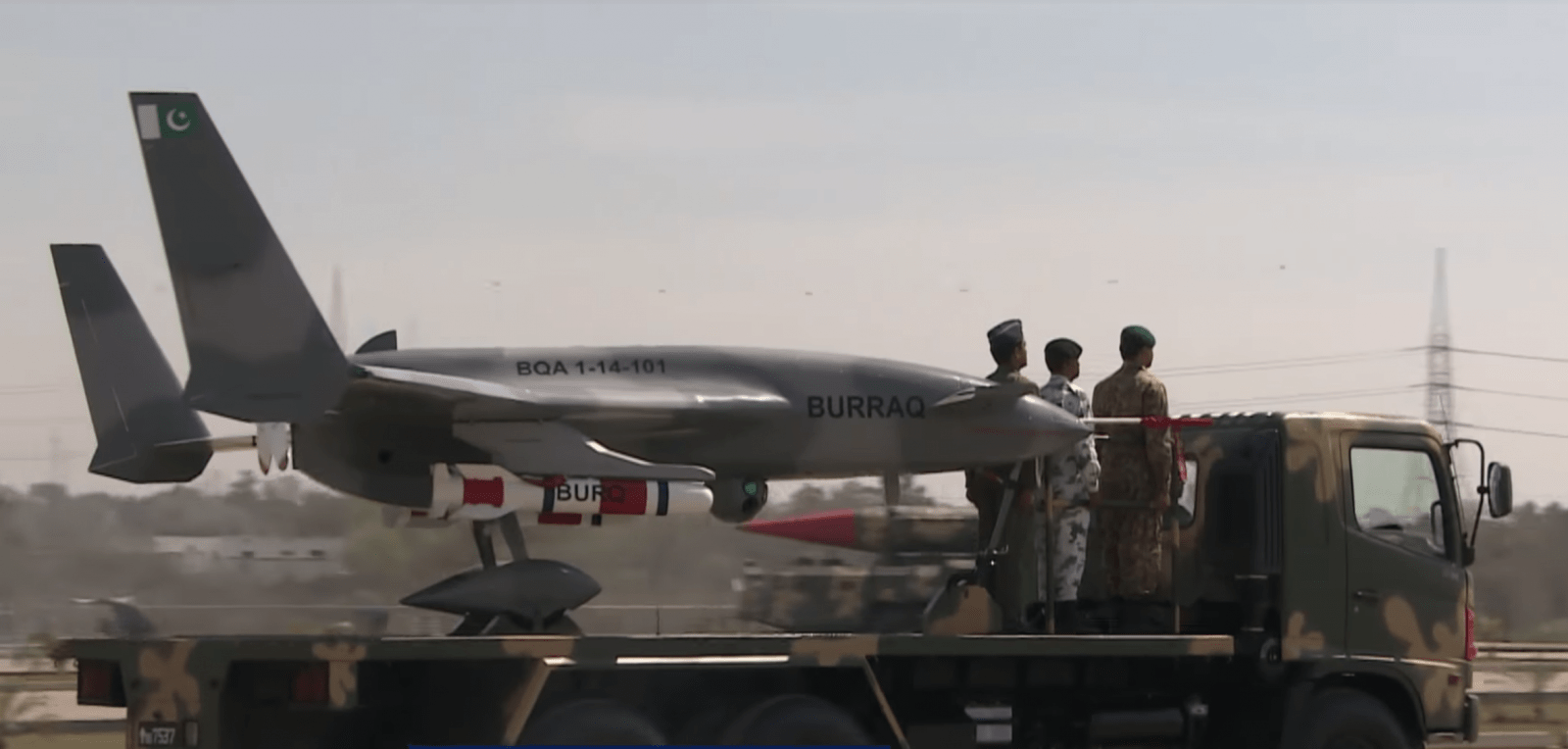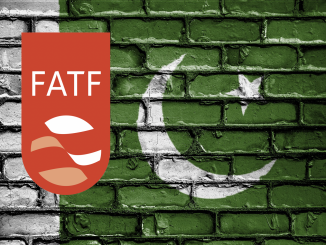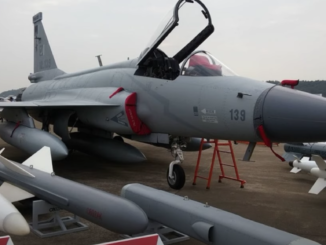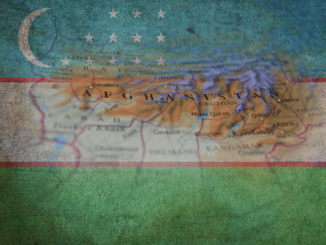 The main factor that explains Pakistan’s nuclear posture is the regional dynamics of South Asia, particularly vis-à-vis its long-standing rival India. Any discussions on this subject, therefore, remain inadequate without first understanding the aggressiveness of India towards Pakistan, as this rivalry – with a hostile and much larger enemy – is the main reason Pakistan acquired its nuclear capability in the first place: the need for self-defence trumped all other considerations.
The main factor that explains Pakistan’s nuclear posture is the regional dynamics of South Asia, particularly vis-à-vis its long-standing rival India. Any discussions on this subject, therefore, remain inadequate without first understanding the aggressiveness of India towards Pakistan, as this rivalry – with a hostile and much larger enemy – is the main reason Pakistan acquired its nuclear capability in the first place: the need for self-defence trumped all other considerations.
To Pakistan’s credit, it did try to avoid the nuclearization of South Asia before 1998 by showing support for non-proliferation and disarmament measures, and by offering multiple bilateral proposals that could have prevented a nuclear arms race in the region. The gist of these proposals was that if India agreed not to become a nuclear power, Pakistan would not choose to become one either. No such bilateral proposal was agreed upon by both states.
Bent upon damaging Pakistan, which it had successfully accomplished prominently in 1971 by helping break off East Pakistan, India was not to be deterred by Pakistan’s nuclear capability. It introduced the Cold Start Doctrine, which basically aimed at swift cross-border operations for limited gains. The idea here was that limited Indian strikes into Pakistani territory would not warrant a nuclear response, and would inflict significant damage on Pakistan. Thus, Pakistan had no choice but to offset this eventuality. It developed short-range tactical nuclear weapons for use in the battlefield, in case India decided to operationalize the Cold Start Doctrine. Pakistan’s nuclear posture was thus modified to include “new short-range nuclear-capable weapon systems to counter military threats below the strategic level. The efforts seek to create a full-spectrum deterrent that is designed not only to respond to nuclear attacks but also to counter an Indian conventional incursion onto Pakistani territory.”
In 2015, Lt. General (R) Khalid Kidwai explained that these tactical nuclear weapons were a “defensive, deterrence response to an offensive doctrine” by India.” The Cold Start Doctrine was indeed an offensive doctrine, aimed at virtually splitting Pakistan or capturing a significant portion of its territory. In the face of a much larger army with a significant geographical advantage over Pakistan in this regard, these tactical nuclear weapons laid to rest the possibility of significant damage to Pakistan through the Cold Start Doctrine.
However, owing to the chances that India would still look to test Pakistan’s thresholds, Lt. General (R) Kidwai laid out these thresholds which, once crossed by India, would warrant a nuclear response by Pakistan. If deterrence failed, the use of nuclear weapons, including tactical nuclear weapons, would be justified if “India attacks Pakistan and conquers large part of territory (space threshold); India destroys a large part either of its land or air forces (military threshold); India proceeds towards economic strangulation of Pakistan (economic threshold); and finally, if India pushes Pakistan into political destabilization or creates large-scale internal subversion in Pakistan (domestic destabilization).” The fact that these thresholds aren’t clearly defined serves the well thought-out purpose of deterring India by blurring the boundaries of acceptable behaviour below the strategic level.
Pakistan opting to develop tactical nuclear weapons and thereby displaying the willingness to use them if needed can be explained through the military utility principle. “The military-utility principle is based on the “logic of consequences”. This principle can be used to explain Pakistan’s nuclear posture. These weapons ensure that any encroachment onto Pakistani territory can be taken care of effectively while ensuring limited civilian casualties through these weapons. These tactical nuclear weapons have come to define Pakistan’s evolved nuclear posture, one which is based on the defensive offence.
This fact is clear: the overall nuclear posture of Pakistan is entirely defensive. The development of these weapons for use in the battlefield does not negate this fact owing to the aforementioned military utility principle. It is perhaps one of the best ways for effectively defending Pakistan’s territory and, thereby, should not be misconstrued as offensive weapons serving an offensive posture. They are the virtual guarantors of safety and peace for Pakistan. The vaguely defined thresholds also point towards a defensive posture: aggression by India is always expected, and therefore, India should not know how far it can aggress before Pakistan will respond. If India knew, it would do everything it could below those boundaries which could be damaging to Pakistan. Defining Pakistan’s nuclear thresholds vaguely is a reliable deterrence tactic, and one hopes that India isn’t foolish enough to test Pakistan’s nuclear thresholds in the future.
Salman Omer Masood is a Research Fellow at SASSI University. He graduated in International Relations from Bilkent University, Ankara, Turkey. His research interests include India-Pakistan Relations and Politics in the Indian Ocean Region.
![]()




Be the first to comment